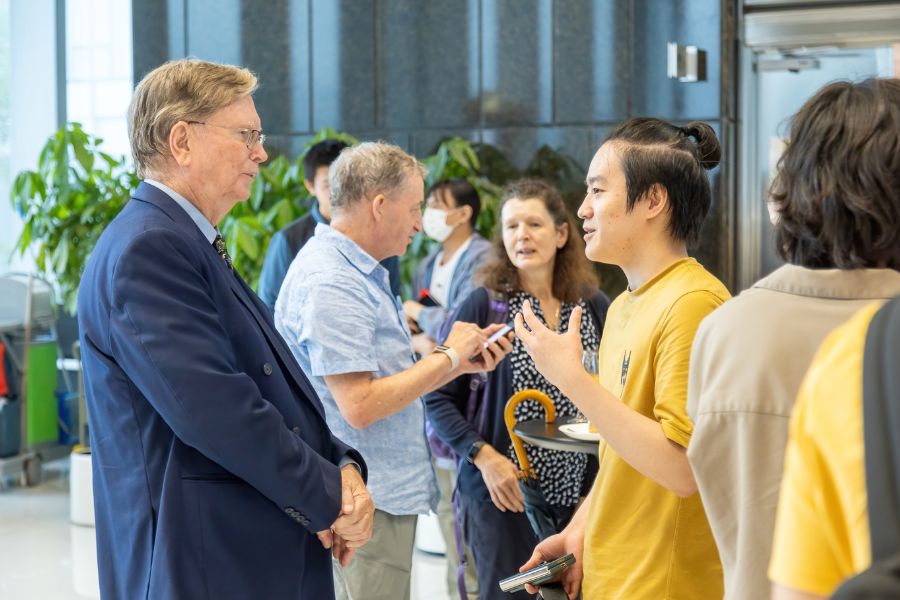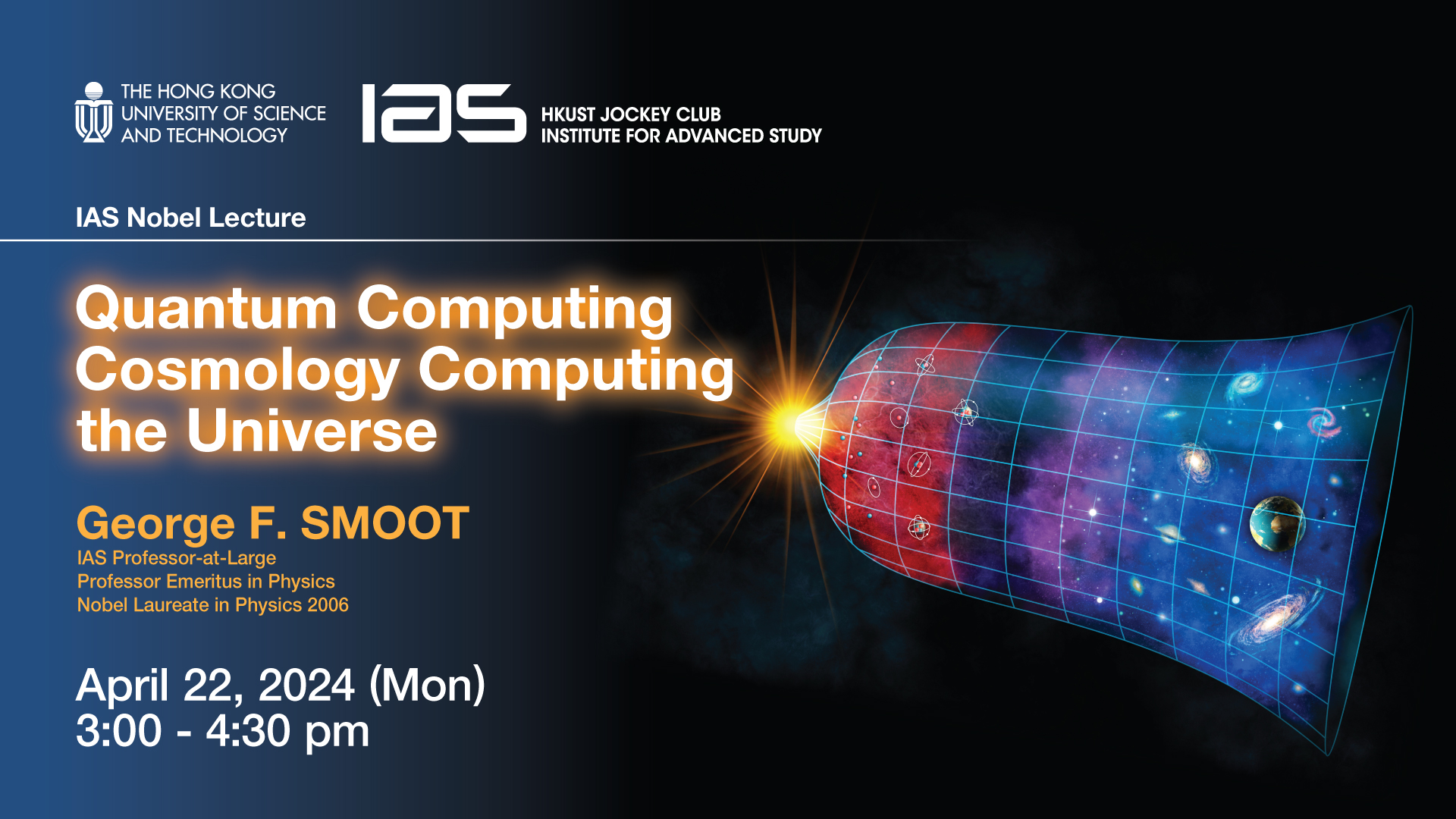Quantum Computing Cosmology Computing the Universe
Abstract
Cosmological studies have been a driver in high-performance computing for a couple of decades. (Now Large Language AI models drive some major computing efforts.)
This includes very large-scale data processing and analysis from massive data sets, incredibly large simulations, and the complex task of comparing observations with simulations to determine the small number of parameters that describe the Universe very well.
That effort and other research in fundamental physics and computing have reached into quantum computing questions and the holographic principle that quantum entanglement plays a key role in the formation and development of the Universe. The speaker may view the Universe as a whole as a giant quantum computer operating at incredibly fast clock times.
About the Speaker
Prof. George SMOOT was awarded the Nobel Prize in Physics in 2006, jointly with Prof. John MATHER, for their work that led to the “discovery of the black body form and anisotropy of the cosmic microwave background radiation”. This work helped further the Inflationary Universe and the Big Bang theory of the universe.
Prof. Smoot received his Bachelor degrees in Mathematics and Physics and his PhD in Physics in 1970 from the Massachusetts Institute of Technology. He has been at the University of California, Berkeley and the Lawrence Berkeley National Laboratory since 1970. He is also Chair of the Endowment Fund "Physics of the Universe" of Paris Center for Cosmological Physics.
Prof. Smoot was elected a member of the US National Academy of Sciences and a Fellow of the American Physical Society. He has been honored by several universities worldwide with doctorates or professorships. He was also the recipient of Gruber Prize in Cosmology (2006), Daniel Chalonge Medal from the International School of Astrophysics (2006), Albert Einstein Medal from Albert Einstein Society (2003), Ernest Orlando Lawrence Award from the US Department of Energy (1995), and the Exceptional Scientific Achievement Medal from NASA (1991).
Prof. Smoot authored more than 500 science papers and is also the co-author (with Keay DAVIDSON) of the popularized scientific book Wrinkles in Time (Harper, 1994) that elucidates cosmology and the discovery of NASA's Cosmic Background Explorer. A great teacher and a keen advocate of popular science, Prof. Smoot received the Oersted Medal in 2009 for his notable contributions to the teaching of physics.
For Attendees' Attention
Seating is on a first come, first served basis.











